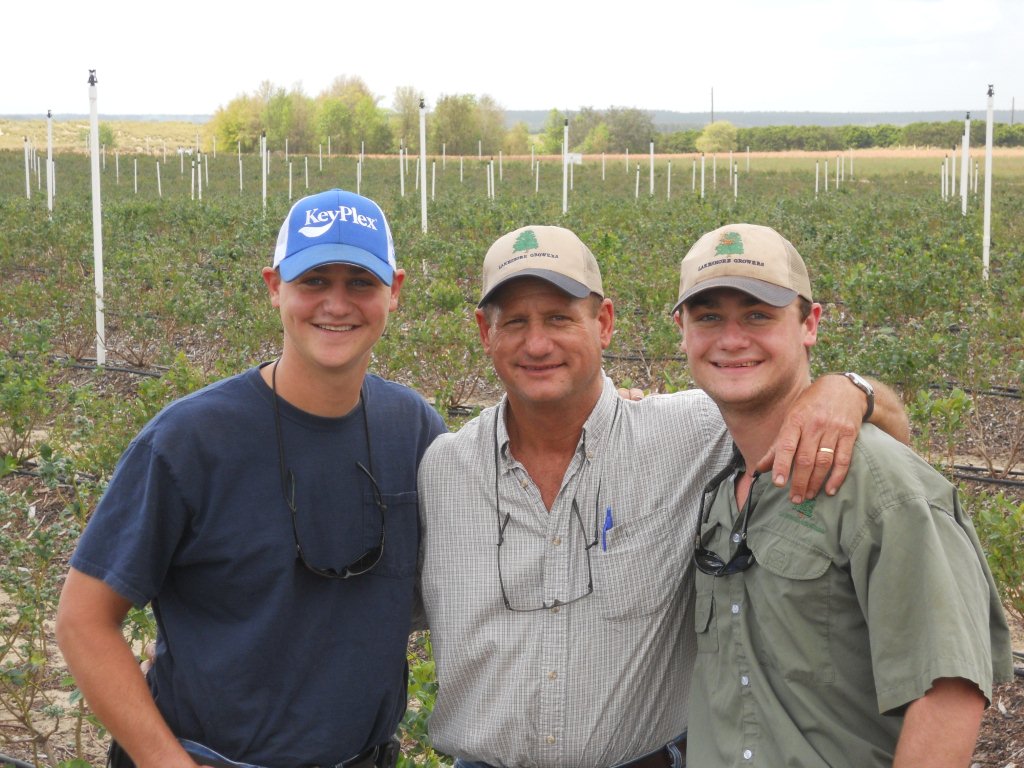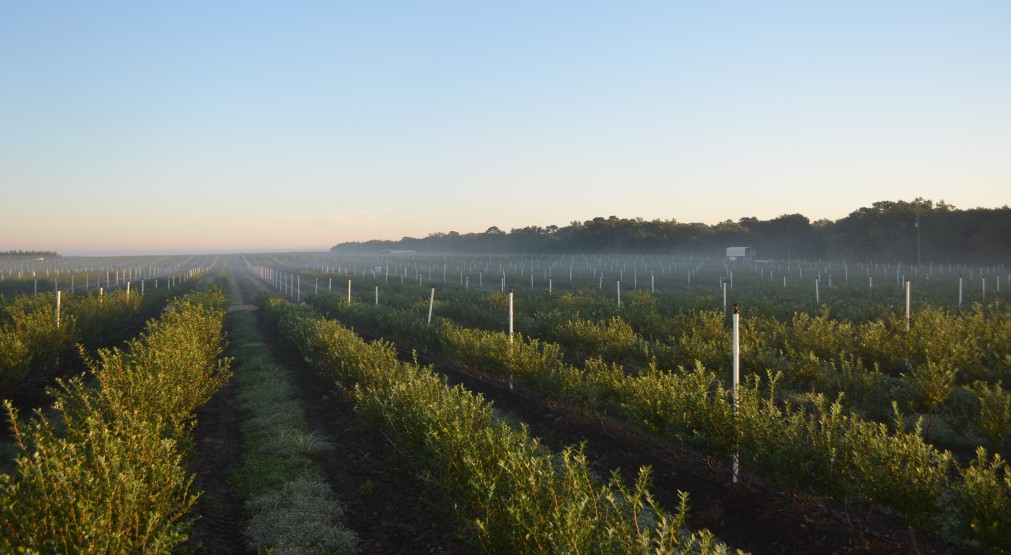By Lana Nasser

Central Florida’s Southern Hill Farms was not always the well-known u-pick blueberry
operation Florida residents flock to today. The Clermont based family-owned farm originally produced ornamental trees and found themselves in a recession during 2010.
The Hill family decided to venture into growing blueberries as an alternative crop with the intention of reaching local and wholesale markets. Their efforts have paid off, they currently market their 40 acres of blueberries through a successful U-pick operation and their brand new packing pacility. In this way, diversified levels of production come together to satisfy a common need.
The U-pick operation is very profitable, as we don’t have the packing, harvest and transportation costs and the blueberry market is going to be saturated, said Michael Hill, a part owner and operator of Southern Hill Farms. Hill was one of the speakers at the Mid-Florida Specialty Crops Conference held at the Mid-Florida Research and Education Center in Apopka on November 6, 2015.
According to Hill, the farm’s U-pick operation provides more than just pints of blueberries to consumers.
“I see this as a cool thing, you have the chance to teach the public where their food comes from, we see it as a community service,” Hill said.

By growing blueberries and adding a farm store, as well as consulting and tree edging service businesses, the farm has pursued diversification to grow. However, diversification is important, but to an extent. According to Hill, if a farm diversifies too much it could lead to being spread too thin.
As for the ornamental tree business the market is beginning to level out once more, giving opportunity for Southern Hill Farms to engage in their original crop, but the blueberries have proven to be recession-proof, Hill said.
Through methods of diversification and vertical integration those looking to grow crops and well-established growers alike can learn how to shift their means and end results of production according to the consumer and economic-climate of the time.
The current trend leans towards niche forms production and marketing locally, in which consumers seek to engage with those who put food on the table.
“It’s time to capture this market,” Hill said. “More and more customers will ask the grocery store where their food comes from.”
“For farms that have around 5 acres, they should something very niche, something specific that other larger farms may not be able to do,” Hill said. “In a very small farm operation your yields would not justify purchasing equipment.”
Visit the farm’s website here: http://southernhillfarms.com/
 0
0

